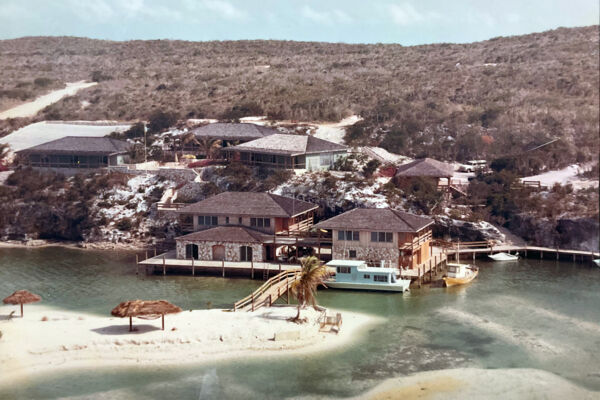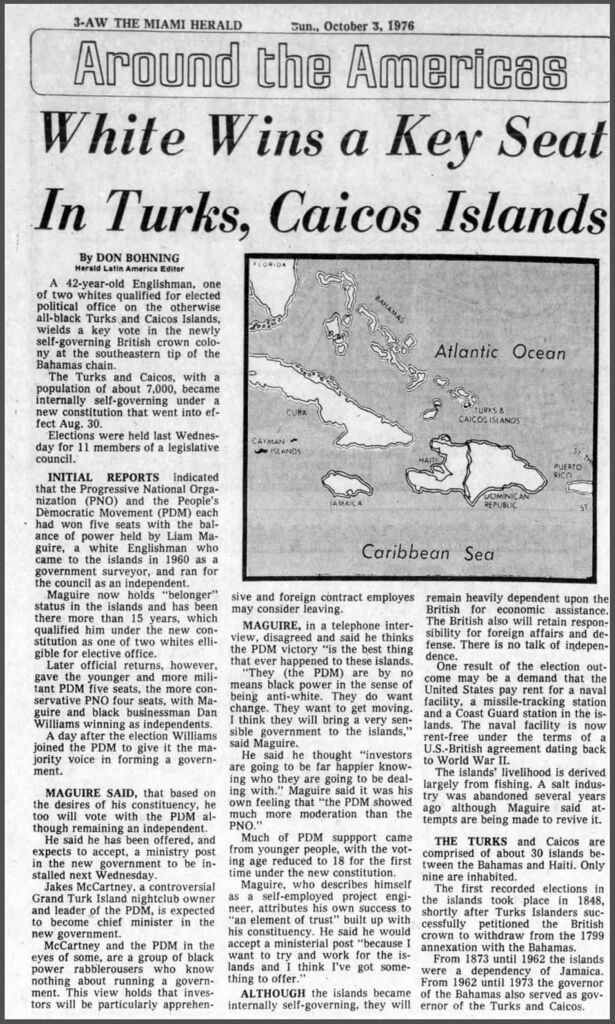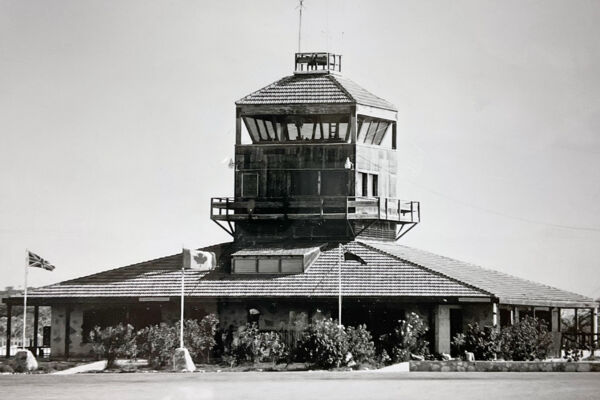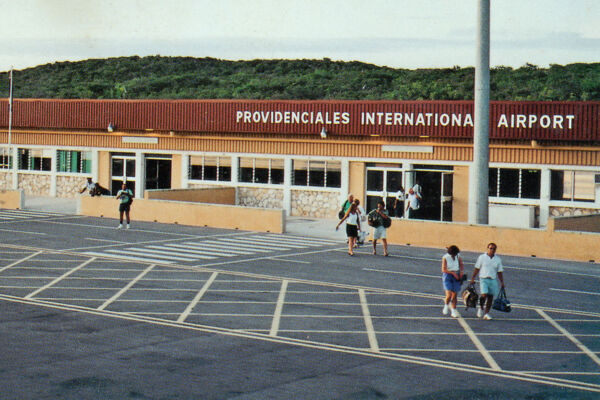History of Tourism in the Turks and Caicos
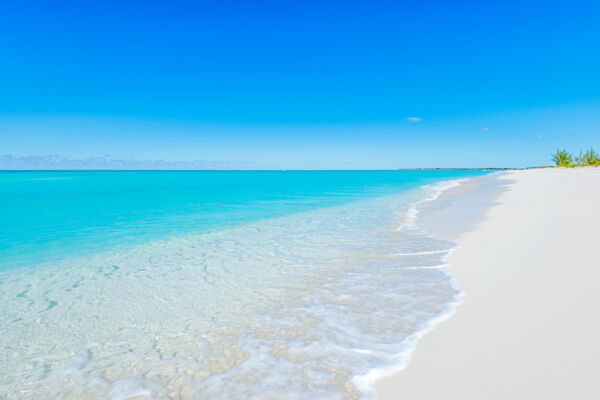
Tourism directly and indirectly constitutes almost the entirety of the Turks and Caicos economy. Other sectors exist, such as financial services and fishing, but these combined represent only a small fraction of the overall economy.
Up until the 1970s, tourism was non-existent in the islands. Prior industries, such as plantations and the salt industry, had died out and the islands had little in the way of local industry and no substantial economic sectors.
In the first half of the 20th century, much of the local population emigrated to nearby countries, particularly the Bahamas, in order to find employment. Indeed, the population of the islands was largely stagnant at around 5,000 between 1900 and 1970 (the 1901 census showed 5,287 persons and the 1970 census enumerated 5,558).
Developing Tourism as an Industry
By the 1960s, the Turks and Caicos had serious financial issues due to a lack of economical and profitable industries in the islands. The salt industry, which had been a key part of the economy for two centuries, had slowly been whittled away since the start of the 1900s largely due to the inefficiencies of the small-scale production.
Norman Saunders
In 1970, the Legislative Assembly (a local council which was a precursor to self-rule) decided to investigate the possibility of developing tourism as an industry for the islands, and tasked Assistant Administrator John Wainwright and Hon. Norman Saunders (a member of the council who was the youngest-elected official at 23) with developing a report on the topic.
The report strongly recommended that the Government adopt tourism as an industry, and the Government responded with the creation of the Turks and Caicos Tourist Board, and Hon. Saunders was named as its first Executive Chairman. The Tourist Board (which was dissolved in 2023) then began regional and international outreach to attract hospitality development and market Turks and Caicos as a viable tourism destination.
Liam McGuire
Hon. William Charles “Liam” McGuire was originally from London, England and was the manager of the Admiral Arms Hotel on South Caicos (the building now houses the School for Field Studies). McGuire was an independent who ran for the seat of South Caicos. Another independent, Daniel Williams, contested North Caicos.
Neither the Progressive National Party (PNP) nor the People’s Democratic Movement (PDM), led by Hon. JAGS McCartney, obtained an outright majority in the 1976 elections (the country’s first real elections).
After the election results showed no party with an outright majority, McGuire initially contacted the PNP asking to be Minister of Development in exchange for his support, however, this was declined by the PNP as he was perceived as a “foreigner” who “should not hold a permanent office in the government.” Indeed, the election of McGuire by the people of South Caicos, in the majority-black country, made international news, with the Miami Herald running an article with the headline ‘White wins a key seat in Turks and Caicos’.
The PDM, however, offered McGuire the position of Minister of Tourism, as some within the party saw McGuire being white as a potential advantage (due to outreach to nearby potential tourism countries such as the United States), and for his tourism experience successfully operating a hotel on South Caicos.
Liam McGuire and Daniel Williams, who ran as independents, both joined the PDM and the party was able to form a government. JAGS McCartney thus became the country’s first Chief Minister, and McGuire became the first Minister of Tourism. Combined with the efforts started in 1970, the tourism industry slowly started to take shape.
Advent of Tourism
During the 1970s, the islands were still in the ‘discovery’ phase, and Providenciales was more of a backwater compared to the more developed capital island of Grand Turk. The Third Turtle Inn, located near Turtle Cove Marina, was Providenciales’ main hotel at the time and a hub for social life on the island (especially for expatriates). Most visitors to Providenciales during the 1970s would have stayed at the Third Turtle Inn.
International tourism requires airlift, and unfortunately at this time, the Turks and Caicos hardly had any international flights, and none from the United States. H.M. Government at this time was providing direct financial aid to the Turks and Caicos, and was looking to help the islands become more financially self-sufficient.
Negotiations were made with Club Med to open Providenciales’ first all-inclusive resort. H.M. Government provided financing of £4.69 million pounds (an initial £3.95 million, and a further £740,000 due to cost overruns—approximately $29 million in 2023 US dollars) to build the new Providenciales International Airport and pave the road from the airport to Club Med in Grace Bay. Previous to the current location, the airport on Providenciales was named ‘Oxford Airstrip’ and was located in modern day Kew Town, but this location didn’t have the capacity to handle future air traffic growth and thus the current airport site was developed.
Club Med Turquoise opened in 1984 and this is considered by many to be the start of accessible tourism on Providenciales.
Lack of airlift remained a problem, as getting to the islands was difficult. Up until 1992, there were no major US-carriers flying to the islands and it remained out of reach for many North American tourists. Some smaller regional airlines provided flights from the United States, such as Cayman Airways, but the islands needed more.
After being provided an upfront financial guarantee (which included community fund-raising efforts), on December 18, 1992, American Airlines flew their first flight to the Providenciales International Airport from Miami.
Finally, the islands were easily accessible to American tourists and the industry began to grow rapidly. In 1995, there were 78,907 overnight visitor arrivals, which was around 5 times the local population.
The Nineties
In the 1990s, development began to take off. The Grace Bay Club opened as the first luxury resort on the island, and Sheraton began construction of the island’s largest resort. Unfortunately, the Sheraton project collapsed, and the partially-constructed project was purchased by the Sandals group, who finished it as Beaches Turks & Caicos. Other well-known resorts, such as The Sands, opened in the late 1990s.
The early 2000s saw many additional resorts being built, with Grace Bay largely developing it’s modern skyline by the end of the 2000s.
Rapid Growth
Between 1996 and 2019, total annual visitor growth averaged 17.3% (overnight visitor growth averaged 8.6%, according to tourism statistics). This led to rapid development of the tourism sector and the country in general. Successive government administrations provided (and continues to offer) many incentives for developers and investors, including free/reduced-rate land, concessions on import duties, and taxation-free guarantees.
The rapid, and largely uncontrolled, expansion of the tourism industry led the Government to create policies to encourage investment and immigration. In 1970, a few years before self-rule began in 1976, the local Belonger population was estimated to be 96%. Today, Belongers are estimated to be around 23% of the population, of which a sizable minority are themselves foreign-born. The massive migration created by the Government’s policies has created a new set of challenges as the country grapples with the assimilation and integration of new demographics.

